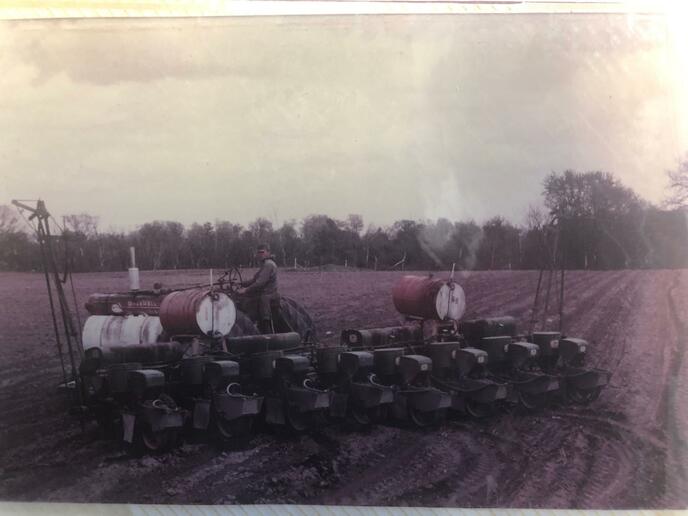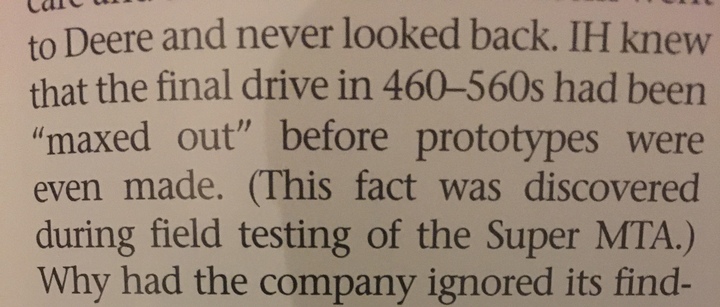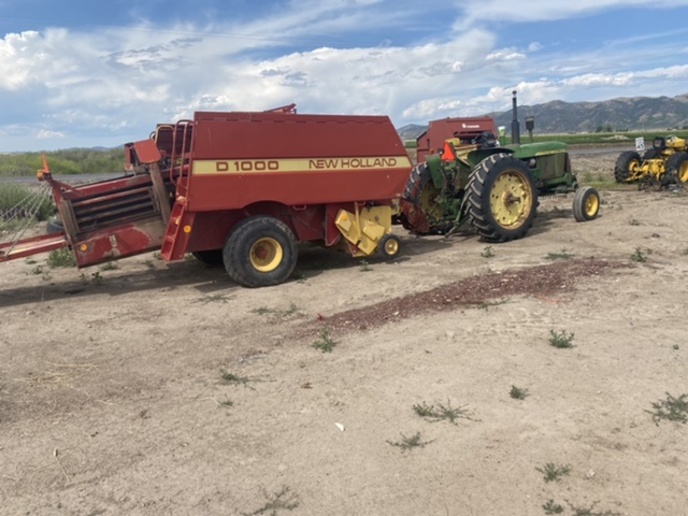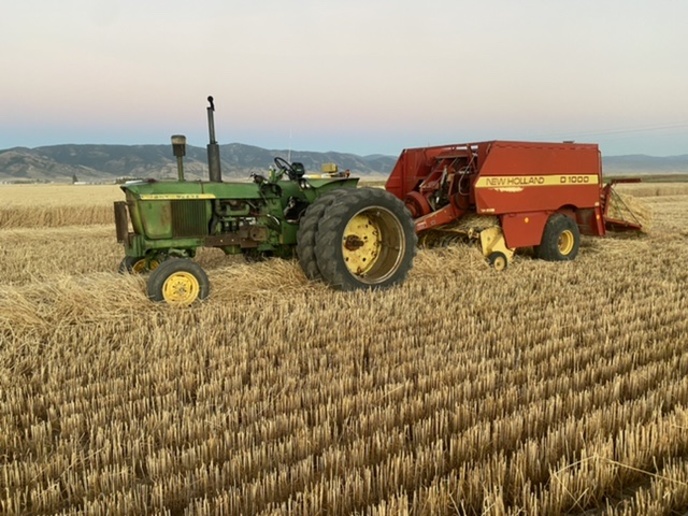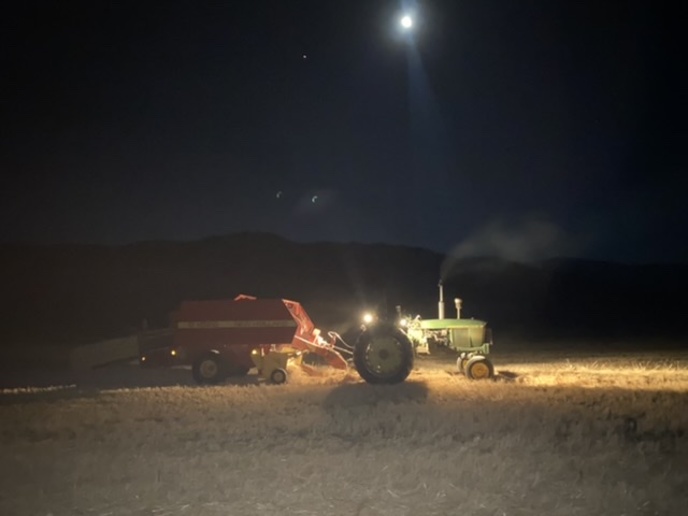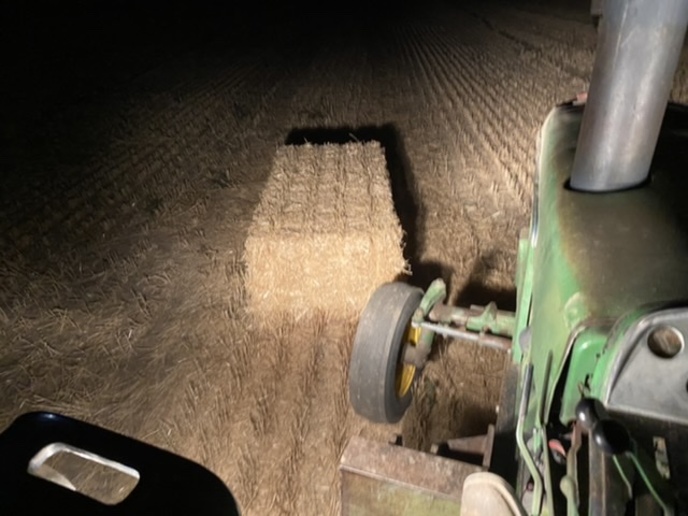My grandad bought two WD-9's new, the district man for IH had turned the pumps up a bit so they would pull the bottom three Oliver plows they bought new from the other dealer in town compared to the WD-45 with a three bottom mounted plow that was demo'ed the same day, with the extra fuel they decided the bigger heavier WD-9's were the way to go and they were dsl compared to the gas WD-45,, 10 days of plowing took out both WD-9's transmission bearings,, the dealer took them back and replaced the failed bearings,, 10 more days and both were out again,, so back they went when they came back they would not pull the plow in the same gear and smoked considerably less but did stop taking out the trans bearings then,, the dealer mechanic a life time neighbor and friend told Grandad what the deal was,, I guess he was not happy about being duped but did keep the WD-9's until they put the farm in the soil bank in 1959, those style IH dsl were prone to cracking the blocks and allowing coolant in the oil, both did that and had the copper line repair done to them one it sealed it the other still leaked some and had to have the oil changed very often, also if they were started and shut off incorrectly those paper thin heads would crack,, I myself seen dozens of them replaced around here,, if start/shutdown was followed like the neighbor mechanic taught me in the 60's they lasted though, I will not go into the proper way I was taught as I have been told here I am wrong,, even though I ran blades and crawlers as well as tractors for many years and never once broke a head,, the first 560's here was far worse about rear end failures as they used the same basic "M" rear end in them, under heavy load they would fail in hours, that was the main reason the long time IH dealer here dropped tractor sales the next year after the 560 intro, that unit all but killed his sales, the CASE dealer here then was also at the filed day demo, he brought a new LA and 4 bottom CASE plow,, it plowed circles around teh WD-9's and WD-45 but LA's Loved their gasoline, so grandad decided one bottom less plowing and the smaller amount of dsl they used over the LA was worth it, he always said he should have bought the LA's after they had the problems and for no more hp than they had after being returned to stock factory hp settings,, I seen that same thing repeated here for many IH tracor Series after that,, they e flat out made them too light in the transmission and rear end, axles areas,, I rebuilt lots and lots of them,, good shop income with them around though
cnt
